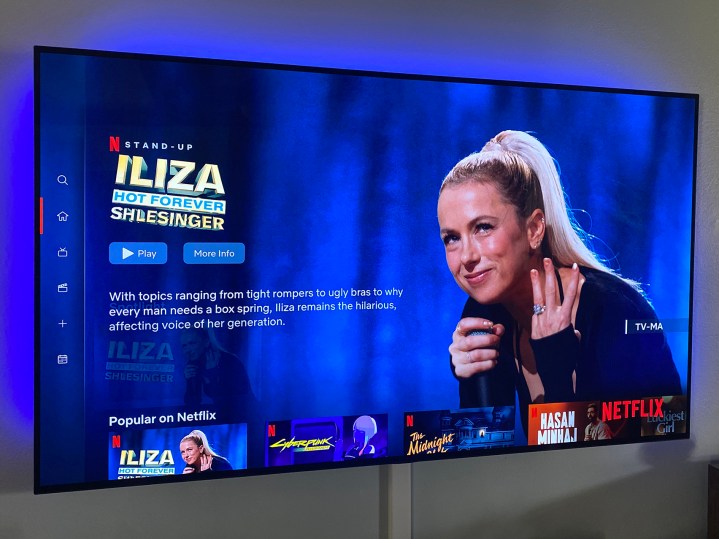Netflix today announced details for its new plan that will, for the first time, include advertising. It’ll launch at noon ET on November 3 in the U.S., Australia, Brazil, Canada, France, Germany, Italy, Japan, Korea, Mexico, Spain, and the U.K.
The plan costs $7 a month in the U.S., $6 a month in Canada, and 5 pounds a month in the U.K.
The new plan is called “Basic with Ads.” Netflix says it’ll have all the things you get in the current Netflix Basic Plan, only now you’ll see ads. Netflix says to expect an average of 4 to 5 minutes of advertising an hour, and that some movies and shows won’t be available on this plan due to licensing restrictions. The stream will be limited to 720p resolution, and on one device at a time. You also won’t be able to download anything for offline viewing.

The ads themselves should be 15 or 30 seconds long and will play before and during shows and movies. The advertising on the new plan is being served by Microsoft, which purchased the Xandr ad-tech tool from AT&T.
See more
Netflix says that it’ll work to better target ads to viewers based on country and genre of the content it’s being served on. Advertisers also will be able to keep their ads from showing up on content that doesn’t fit their brand (say, if the show has too much sex or violence).
The other Netflix plans remain as they currently stand — $10 a month for Basic (which is being bumped up to 720p resolution along with Basic With Ads in November), $15.50 for Standard (which gets you two devices at once, 1080p resolution, and support for two devices at once), and Premium for $20 a month (four devices at once, plus 4K resolution).

